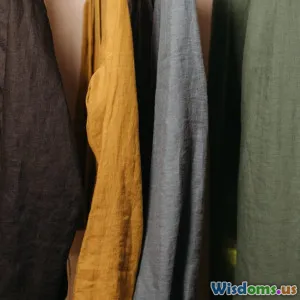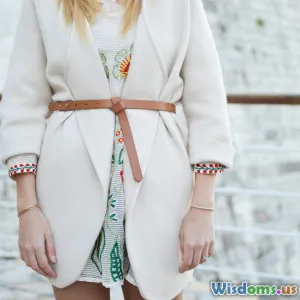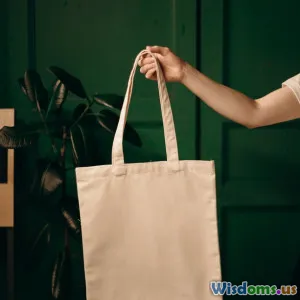
Can Renting Clothes Truly Cut Fashion Waste or Is It Just Hype
15 min read Explore if clothing rental services significantly reduce fashion waste or if the sustainability claims are overblown. (0 Reviews)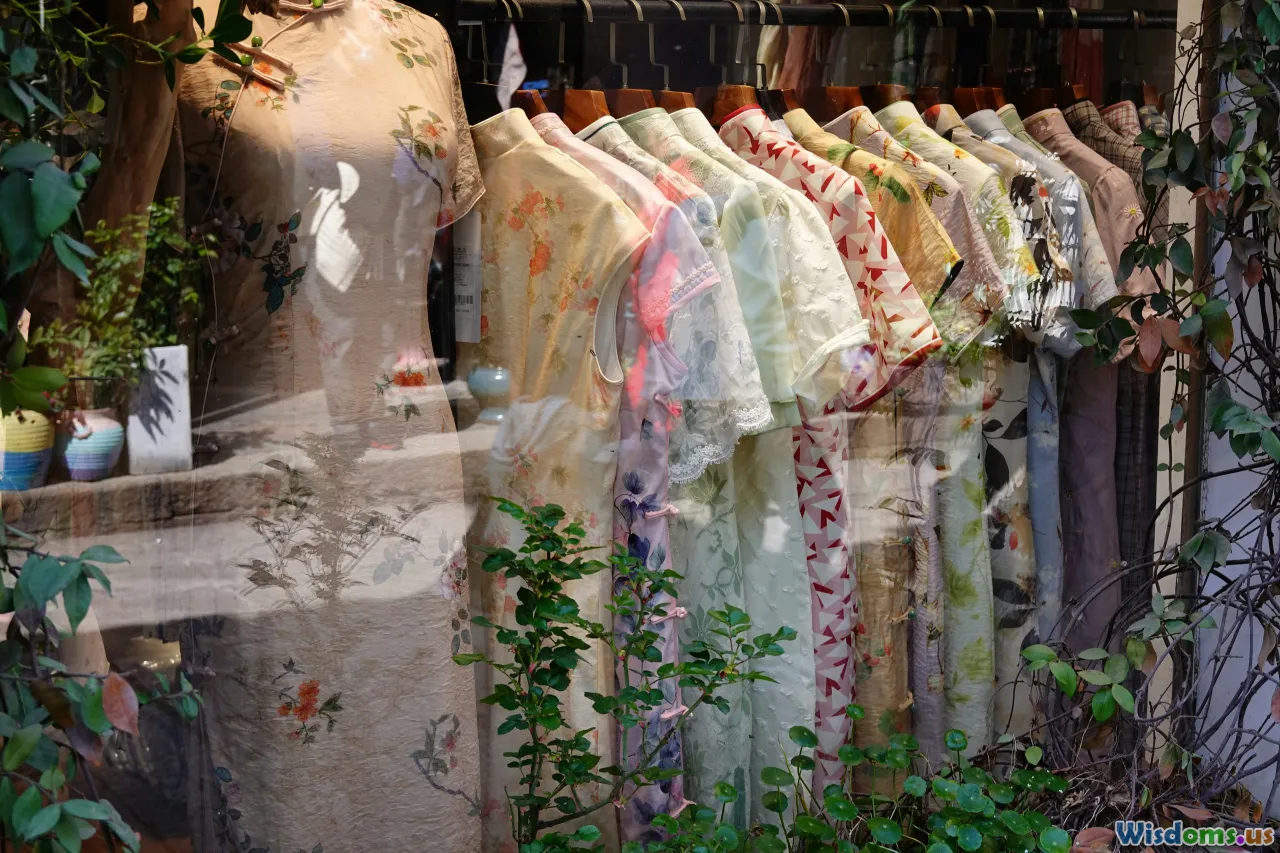
Can Renting Clothes Truly Cut Fashion Waste or Is It Just Hype?
Every season, trends shift and colors rotate in and out of vogue. For many, the allure of new outfits is hard to resist. But lurking behind overflowing closets is a steeper price—fashion is among the world’s most wasteful industries, with the Ellen MacArthur Foundation reporting in 2017 that a truckload of textiles is landfilled or incinerated every second. The rise of clothing rental platforms, from Rent the Runway to HURR, promises a more sustainable alternative. But does it actually deliver—or are we buying into yet another fashionable mirage?
The Allure of Clothing Rentals: Breaking Down the Promise
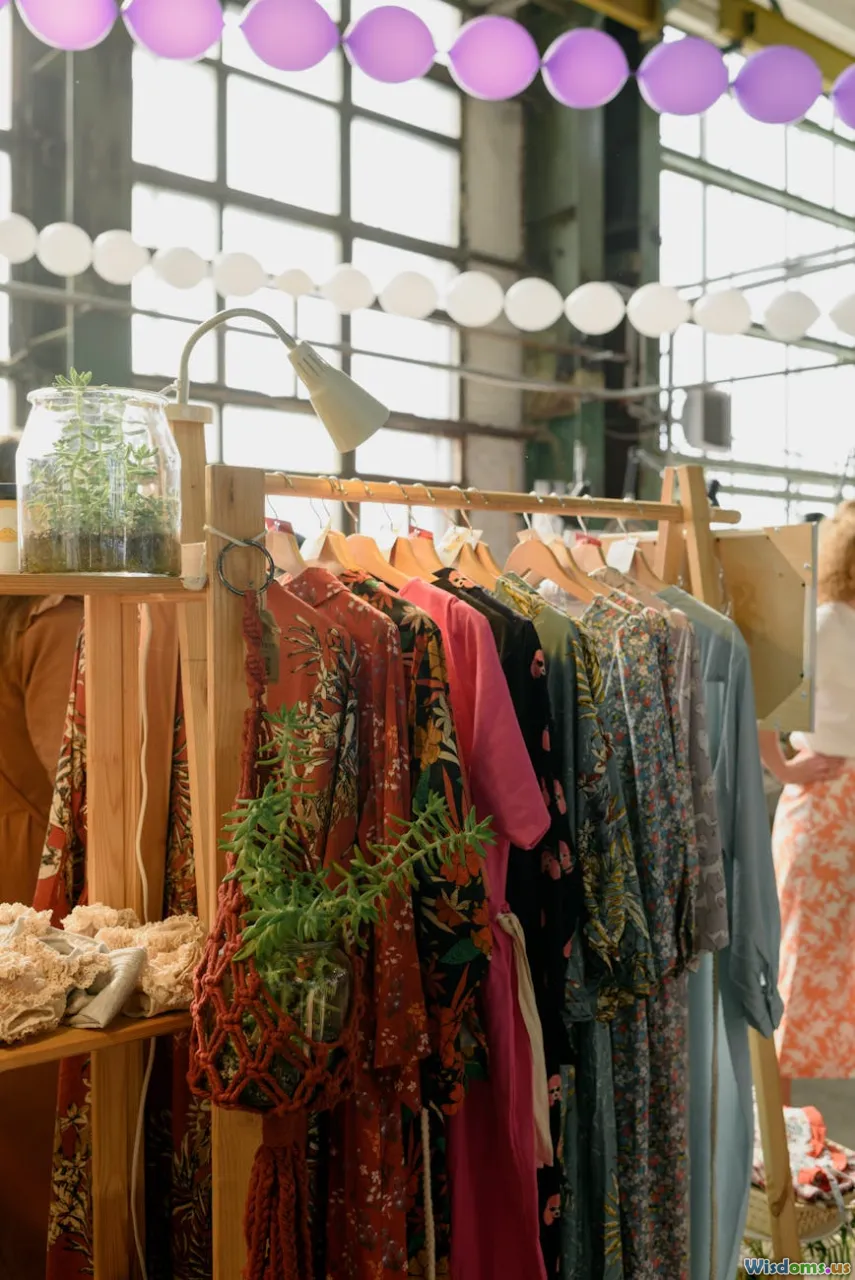
Clothing rental platforms position themselves as a panacea for fashion’s sustainability crisis. They invite customers to 'wear more, own less,' touting a circular economy where garments are shared, used, and then recirculated. The pitch seems perfect, especially for trend-driven, occasion-heavy wardrobes: rent a designer dress for a wedding, a stylish blazer for a work event, and never worry about a one-time buy adding to landfill.
Companies like Rent the Runway (US), By Rotation (UK), and YCloset (China) have demonstrated meteoric growth. By 2022, Rent the Runway had over 126,000 active subscribers and listed a growing array of options from both high-street and designer brands. Meanwhile, peer-to-peer rental (like By Rotation) brings the shared economy directly to consumers, letting them monetize their wardrobes while giving others more choices.
For consumers, the appeal is clear:
- Affordability: Access designer clothing for a fraction of the price.
- Variety: Constant rotation of outfits with virtually no commitment.
- Space-Saving: Less clutter in closets.
- Sustainability: The narrative that renting equates to less wasteful consumption.
But does renting truly live up to its green credentials, or does the promise unravel under scrutiny?
Following the Rental Garment: The Journey from Closet to Consumer

Let’s trace the life cycle of a rented piece of clothing:
- Distribution: Stock must be transported from designers to warehouses and then to consumers, often multiple times over each item’s lifespan.
- Cleaning: After every rental, the item undergoes industrial laundering or dry cleaning—a process that consumes water, energy, and chemicals.
- Packaging: Each delivery often includes bags, boxes, insulation, and labeling, contributing to packaging waste.
- Reverse Logistics: Returned garments travel back, sometimes crossing cities or nations.
Every transport, wash, and repack has its own environmental footprint. For example, a 2021 Finnish study in the journal Environmental Research Letters compared renting, resale, recycling, and ownership. Surprisingly, it found that, given the impact of shipping and cleaning, rental’s carbon footprint can sometimes be as high or higher than fast fashion—especially if delivery distances are long or returns frequent.
Hidden Costs: Laundry, Logistics & Emissions
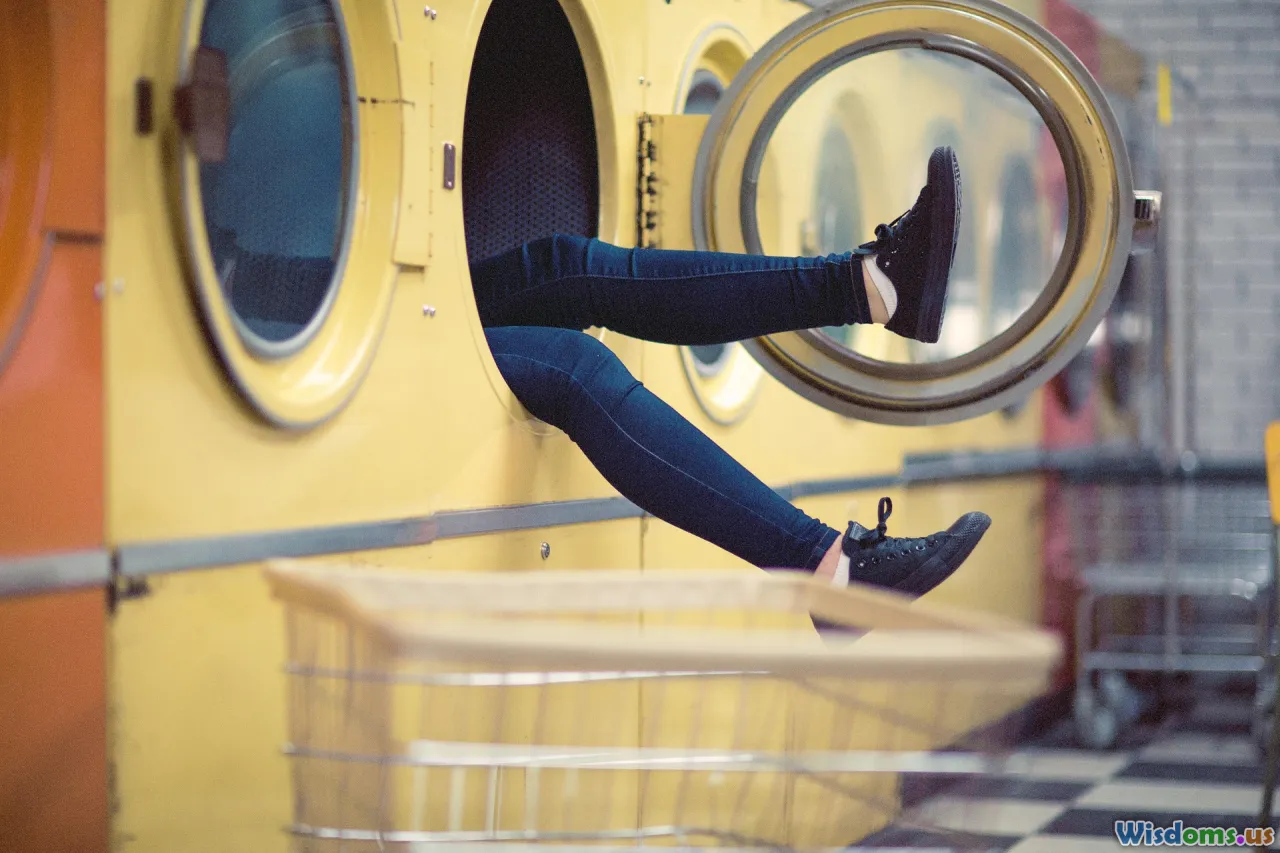
The perception of rentals as inherently sustainable glosses over those messy, resource-intensive steps, particularly:
- Frequent Laundering: Rentals require every piece to be cleaned after each use to ensure hygiene. Industrial laundry may use 5–10 times more water per garment than domestic washing, and dry cleaning often relies on chemicals such as perchloroethylene, a hazardous volatility organic compound with known health and environmental risks.
- High-Volume Transportation: Unlike one-time purchases, rental clothing shuttles between warehouses and homes repeatedly, significantly expanding its travel miles. In densely populated regions, this can be efficient, but long-distance reverse logistics add considerable emissions.
- Packaging Accumulation: Each rental necessitates protective wrap, hangers, bags, or boxes. Even with refillable garment carriers (like those adopted by Rent the Runway), single-use materials remain present and problematic.
One notable example: Australian platform GlamCorner has transitioned to reusable garment covers and eco-friendly packaging, but the logistical chain still demands significant inputs of fuel and energy for cleaning.
When stacked up, these factors can erode the sustainability gains promised by shared clothing models.
Rental Fashion vs. Fast Fashion: A Complicated Comparison

To understand whether renting is truly more sustainable, it must be measured against fashion’s status quo: fast, cheap, disposable clothing. A few key contrasts emerge:
Fast Fashion – The Familiar Foe
Brands like Zara and H&M pump out more than 50 micro-seasons a year, producing billions of garments that are largely destined for landfill within three years. WRAP estimates that about $140 million worth of clothes goes to landfill each year in the UK alone. Critics point to over-production, rampant consumerism, and shockingly brief product lifecycles as proof of fashion’s environmental recklessness.
Rental Fashion – Sharing the Burden?
Rental presents an alternative: instead of owning 10 party dresses each worn once, consumers can share a smaller set, increasing each item’s wear-per-use and—potentially—subsidiary emission savings. Companies claim their average item is used dozens more times compared to typical one-owner garments. Rent the Runway, for instance, reports designer dresses clocking over 30 rentals each, stretching out the resources embedded in their production.
But, if the logistics and laundering wipe out those efficiency gains, the environmental edge is lost. Moreover, convenience-driven habits—like constantly swapping outfits for each occasion—may fuel just as unsustainable levels of consumption, with the renting model merely substituting, rather than reducing, overall apparel churn.
Consumer Behaviors Matter: Who Rents, and How?

A key question: does fashion rental actually replace new purchases or simply supplement them? Studies and surveys yield conflicting answers.
Substitution vs. 'Rental Addiction'
Research published by the journal Nature Reviews Earth & Environment suggests that for sustainability benefits to actually materialize, rentals must replace at least 40–60% of what a consumer would otherwise buy. But multiple market analyses—including a 2019 survey by Business of Fashion—find that many users treat rentals as additions to their shopping, not substitutes.
Anecdotes abound: a customer who rents a dress for a party but, convinced by compliments, decides to buy it outright later; or other shoppers who engage in single-use rentals for events they would have previously managed by re-wearing or borrowing from friends.
The bottom line? Renting is only green if it substantially offsets new manufacturing and mindless consumption—a behavioral threshold that, right now, the majority of the market does not consistently reach.
Innovations: Are New Rental Models Closing the Sustainability Gap?

Recognizing their Achilles’ heel, leading rental platforms are experimenting with greener practices:
- Cleaner Laundry: Startups like MyWardrobeHQ are investing in wet cleaning (using biodegradable detergents instead of dry cleaning solvents) and energy-saving laundering systems.
- Local Fulfillment Centers: Some companies, notably HURR and Le Tote, operate regionally-dispersed inventories to curb freight mileage, reducing carbon impact per rental.
- Biodegradable and returnable packaging: By Rotation uses plastic-free, reusable packaging that renters themselves return directly, hamstringing single-use waste.
- Garment durability enhancements: Brands are partnering with rental services to engineer clothing designed to survive repeated cycles of wear and cleaning.
These incremental changes gradually boost sustainability credentials, though critics argue the industry is still chasing profitability, often at the expense of deep system change.
Alternatives to Consider: Slow Fashion and Secondhand
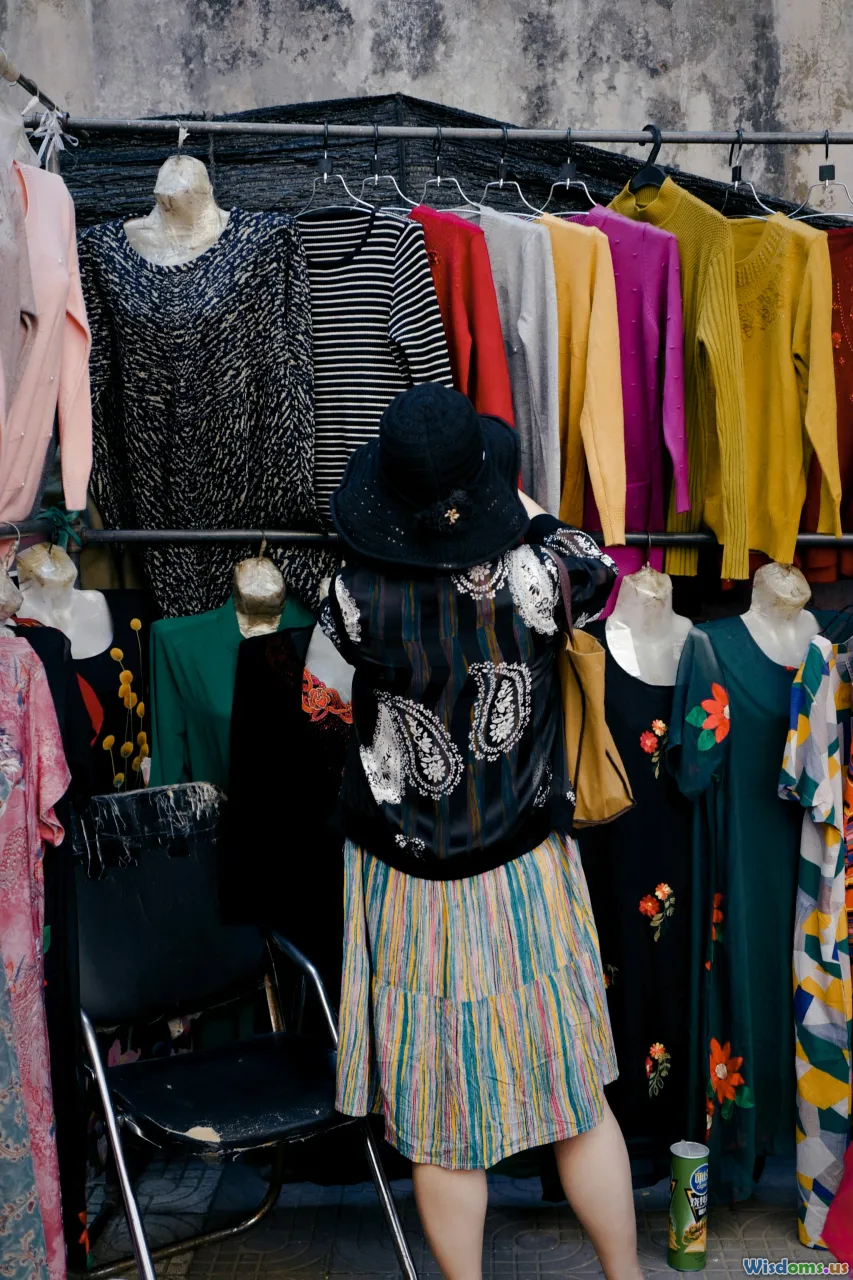
Rental occupies only a slice of the sustainable fashion landscape. Often, the best environmental choice lies in more radical consumption shifts:
- Secondhand Shopping: Buying (and selling) pre-owned clothes, via platforms like ThredUp or Depop, extracts maximum value from existing goods, without the throughput of rental logistics.
- Capsule Wardrobes: Curated, versatile collections—think Project 333’s 33 items for 3 months—nudge consumers toward thoughtful acquisition and prolonged use. The average person currently wears only 20% of their wardrobe regularly.
- Swapping & Sharing: Local clothing swaps or borrowing circles digitize the sharing economy without demanding central warehousing, shipping, or industrial wash cycles.
In contrast with rental, these models typically involve less resource-intensive transportation and cleaning, though challenges of scale and fashionability persist.
Practical Tips: How to Maximize the Sustainability of Your Wardrobe

If you’re determined to dress stylishly while keeping your carbon footprint trim, consider these actionable steps:
- Rent Thoughtfully:
- Use rental for special occasions, avoiding extreme distances or frequent last-minute swaps.
- Choose local providers or peer-to-peer options to minimize shipping emissions.
- Return garments in clean, unworn condition when possible to reduce laundry loads.
- Extend Use:
- Wear your own clothes more creatively—mixing and matching extends perceived novelty.
- Accessorize or alter existing pieces instead of acquiring new staples.
- Quality over Quantity:
- Invest in well-made items tailored for longevity. Fewer, better-quality clothes mean fewer replacements—and less waste.
- Care for what you have:
- Regular maintenance—like mending, washing only when truly necessary, and correct storage—prolongs life.
- Prioritize Peer Models:
- Borrow or swap from friends and family, cutting the middleman and emissions out completely.
Every swap, extension, or repair lessens demand on extraction, production, and, ultimately, waste.
Looking Ahead: Fashion’s Path Beyond the Hype

Clothing rental genuinely offers a seductive counter-narrative to single-use, throwaway fashion. Yet, behind sleek interfaces and marketing campaigns, the realities are complex. Rentals do have the potential to reduce collective waste—but only when leveraged thoughtfully, replacing new production and supported by innovations in logistics and garment care.
The broader solution lies not only in how we access clothing, but in shifting the cultural expectations around fashion and need. In a world seduced by constant novelty, true sustainability demands both systemic industry changes and a consumer culture ready to embrace slower, more meaningful relationships with what we wear.
By questioning the hype, supporting innovations, and nudging our purchase habits, we all contribute to making fashion a little less fleeting—and far less wasteful.
Rate the Post
User Reviews
Popular Posts










